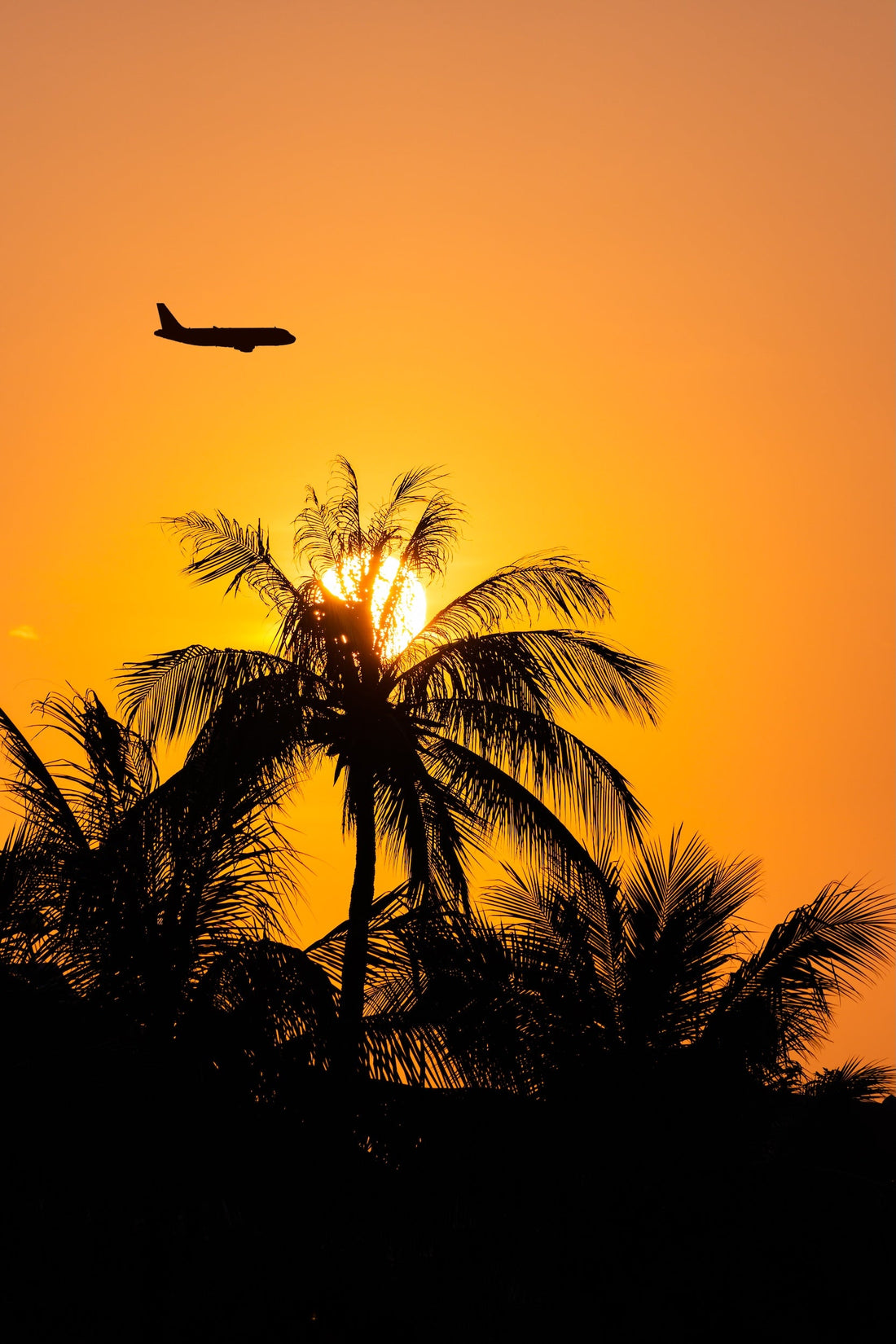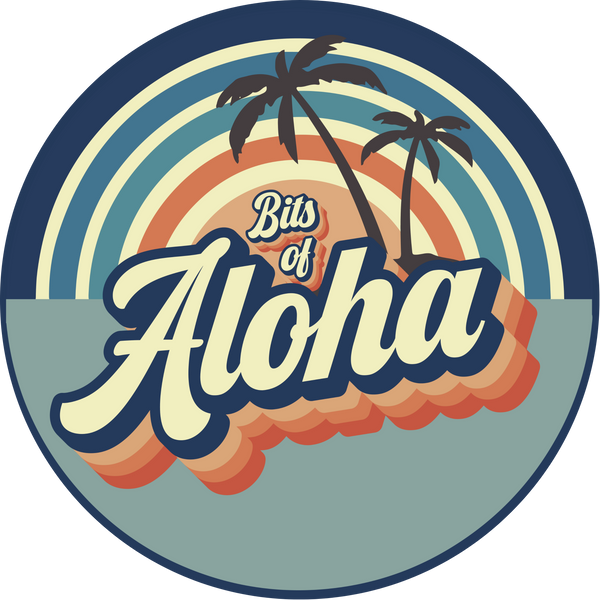
Kona vs. Hilo: Where to Stay on Hawaiʻi's Big Island
Share
Visiting the Big Island of Hawaiʻi: Kona vs. Hilo — Where Should You Stay?
Hawaiʻi Island — often called the Big Island — is the largest and most geographically diverse of all the Hawaiian Islands. It offers everything from black sand beaches and world-famous coffee farms to lava fields, waterfalls, and active volcanoes. But before diving into your itinerary, there’s one key decision every traveler faces:
Should you stay on the Kona side or the Hilo side of the island?
Both offer incredible experiences, but they’re remarkably different in terms of weather, scenery, vibe, and proximity to major attractions. Whether you’re after sunshine and snorkeling or rainforests and waterfalls, this guide will help you decide which side of the Big Island is best for your Hawaiʻi vacation.
The Big Island at a Glance
- Size: 4,028 square miles (twice the size of all other Hawaiian Islands combined)
-
Main airports:
 Kona International Airport (KOA) — West side
Kona International Airport (KOA) — West side Hilo International Airport (ITO) — East side
Hilo International Airport (ITO) — East side - Driving time from Kona to Hilo: ~1.5 to 2.5 hours depending on route
West Side: Kailua-Kona & Kohala Coast
![]() Best for sunshine, beaches, snorkeling, and coffee lovers
Best for sunshine, beaches, snorkeling, and coffee lovers
The Kona side of the island is dry, sunny, and dotted with resorts, beach parks, historic towns, and coffee farms.
 Why Stay on the Kona Side
Why Stay on the Kona Side
- Consistent Weather: Kona averages over 300 sunny days per year — perfect for beachgoers.
- Beaches & Snorkeling: White sand beaches like Hapuna, Kua Bay, and Magic Sands are postcard-perfect.
- Coffee Country: Tour world-renowned Kona coffee farms like Greenwell Farms or Hula Daddy for tastings and views.
- Historic Towns: Visit Puʻuhonua o Hōnaunau National Historical Park, the royal palace at Huliheʻe, or stroll downtown Kailua-Kona’s seaside shops and restaurants.
- Best Resorts: Kona and the Kohala Coast are home to luxury hotels like the Four Seasons Hualālai, Mauna Kea Resort, and the Fairmont Orchid.
 Day Trips from Kona
Day Trips from Kona
- Pololū and Waipiʻo Valley (North)
- Mauna Kea Summit stargazing
- Puʻukoholā Heiau National Historic Site
- Volcanoes National Park: 2–2.5 hour drive
East Side: Hilo & Puna District
![]() Best for lush landscapes, waterfalls, volcano hikes, and local culture
Best for lush landscapes, waterfalls, volcano hikes, and local culture
Hilo sits on the windward (wet) side of the island, receiving upwards of 130 inches of rainfall annually. That rain feeds lush rainforests, dramatic waterfalls, and volcanic landscapes — making it a nature lover’s paradise.
 Why Stay on the Hilo Side
Why Stay on the Hilo Side
- Volcano Access: Hilo is just 45 minutes from Hawaiʻi Volcanoes National Park, home to Kīlauea, one of the world’s most active volcanoes.
- Botanical Beauty: Explore Liliʻuokalani Gardens, Rainbow Falls, ʻAkaka Falls, and the Panaʻewa Rainforest Zoo.
- Authentic Hawaiʻi: Hilo has a laid-back, local vibe with a historic downtown, farmers markets, and fewer tourists.
- Lava Tubes & Geothermal Pools: Walk through Nāhuku (Thurston Lava Tube) and soak in Ahalanui warm ponds (if accessible).
- Budget-Friendly: Accommodations on the Hilo side are typically less expensive.
 Day Trips from Hilo
Day Trips from Hilo
- Volcanoes National Park (nearby!)
- Puna Coast and Kehena Black Sand Beach
- Saddle Road drive to Mauna Kea Visitor Center
- Ka Lae (South Point) and Punaluʻu Black Sand Beach
Hawaiʻi Volcanoes National Park: A Must-See From Either Side
No trip to the Big Island is complete without a visit to Hawaiʻi Volcanoes National Park. Whether you stay in Kona or Hilo, it’s worth the drive to witness the island’s dynamic geological heart.
![]() Top Highlights:
Top Highlights:
- Crater Rim Drive & Kīlauea Caldera Overlook
- Halemaʻumaʻu Crater (glows red during nighttime eruptions)
- Nāhuku (Thurston Lava Tube)
- Chain of Craters Road to the sea
![]() Current Volcanic Activity (2025): Kīlauea’s eruptions have become more episodic, with recent activity visible from public viewing areas. Check the USGS Hawaiian Volcano Observatory and NPS updates for up-to-date conditions before your visit.
Current Volcanic Activity (2025): Kīlauea’s eruptions have become more episodic, with recent activity visible from public viewing areas. Check the USGS Hawaiian Volcano Observatory and NPS updates for up-to-date conditions before your visit.
Side-by-Side Comparison: Kona vs. Hilo
| Feature | Kona Side | Hilo Side |
|---|---|---|
| Weather | Sunny, dry | Rainy, lush |
| Beaches | Many swimmable beaches | Few beaches, rougher surf |
| Resorts | Luxury & mid-range | Mostly local inns, B&Bs |
| Activities | Snorkeling, sunsets, shopping | Volcanoes, waterfalls, hiking |
| Dining & Nightlife | Trendy restaurants, bars | More local grinds, fewer nightlife options |
| Cost | Higher on average | More budget-friendly |
| Best For | Families, beach vacations, first-timers | Nature lovers, cultural travelers, volcano chasers |
Can You Stay in Both?
Absolutely! Many visitors split their trip — spending a few nights in Kona and a few in Hilo to get the best of both worlds.
- Start in Kona: Enjoy the beach, snorkeling, and resort life
- Drive Saddle Road or scenic southern route to Hilo (or vice versa)
- End in Hilo: Visit Volcanoes National Park and waterfall hikes
![]() Tip: Renting a car is essential on the Big Island regardless of which side you stay.
Tip: Renting a car is essential on the Big Island regardless of which side you stay.
Final Thoughts
The Big Island is truly a land of contrasts, and your choice between Kona and Hilo depends on the kind of Hawaiʻi experience you seek.
- Want sunshine, beach days, and upscale resorts? Kona is your go-to.
- Craving waterfalls, volcano hikes, and authentic local charm? Hilo is where it’s at.
Or better yet — do both and experience the full breadth of what Hawaiʻi Island has to offer.
No matter which side you choose, you’ll be treated to stunning natural beauty, rich history, and the warm aloha spirit that makes the Big Island unforgettable.
